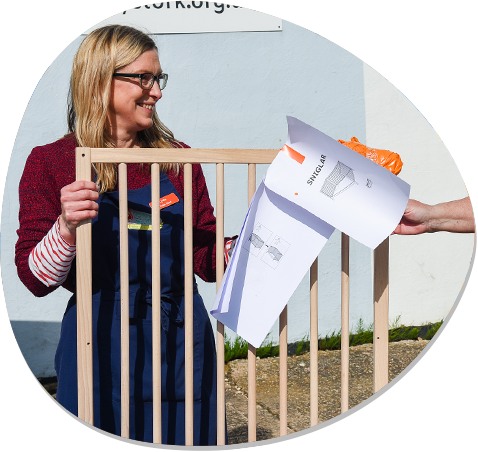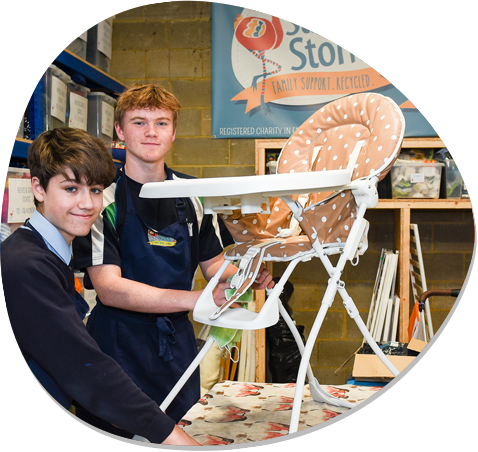
We work hard to ensure that every item we rehome is safe, fit for purpose, of high quality, as well as practical for the families’ specific needs.
To make sure that every request we respond to upholds these standards, we use a series of safety and quality measures to make sure donated items are safe to rehome. We do this with reference to current safe sleeping advice, consumer advice bodies, the NHS and the Lullaby Trust, and we take advice from a range of sources, including British Safety Standard documents, and our referral partners.
We use a combination of approaches to ensure that items are safe, and we are grateful for your help in making some essential checks at home before donating items to us. We understand that it may be disappointing to learn that an item your family have loved and used will not be suitable for us to rehome, but with your support we can make the best use of our space and volunteer time.


Our focus is the Surrey region and bordering areas. If you are in a different region, see map of UK baby banks to find one near you.